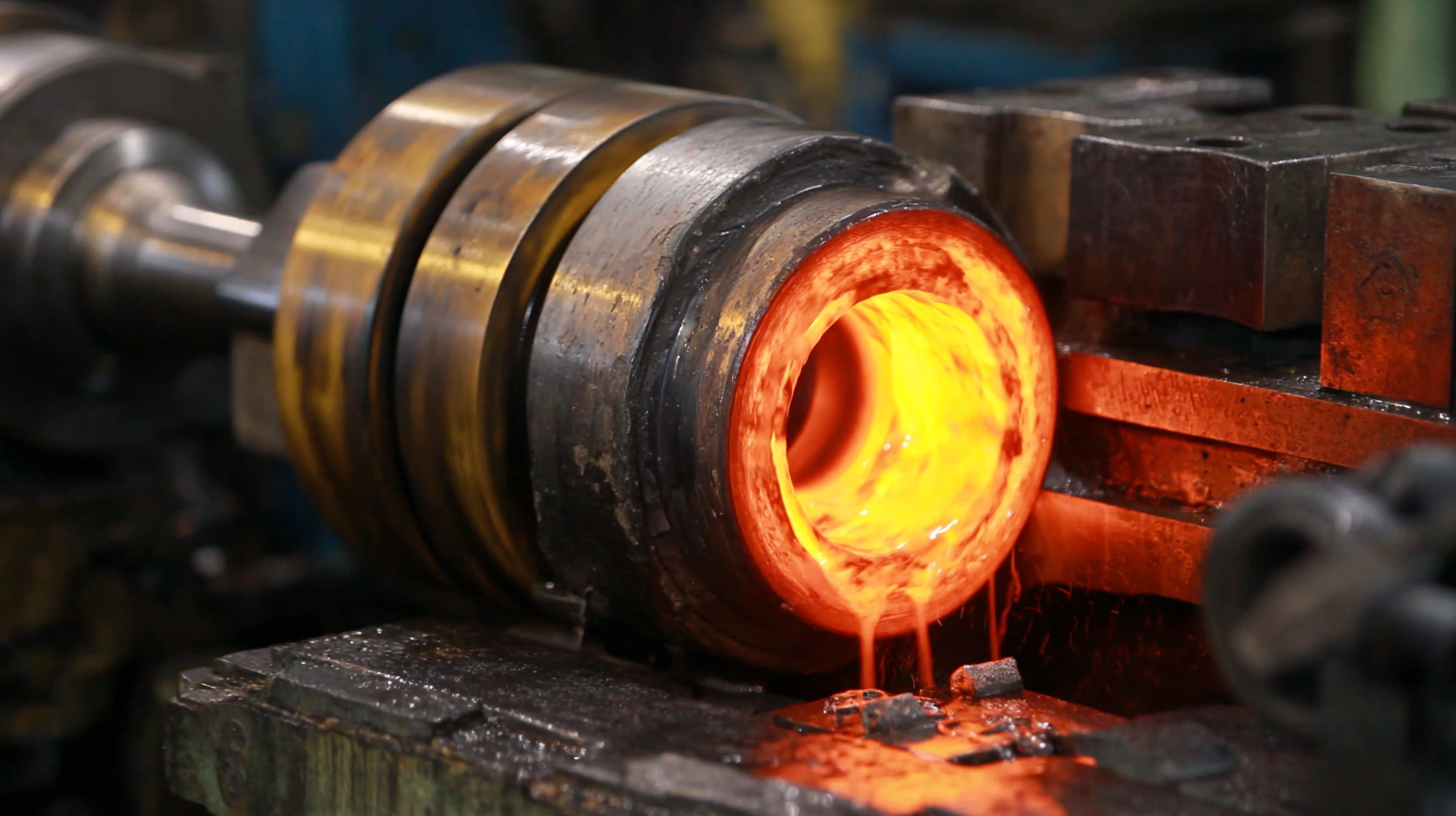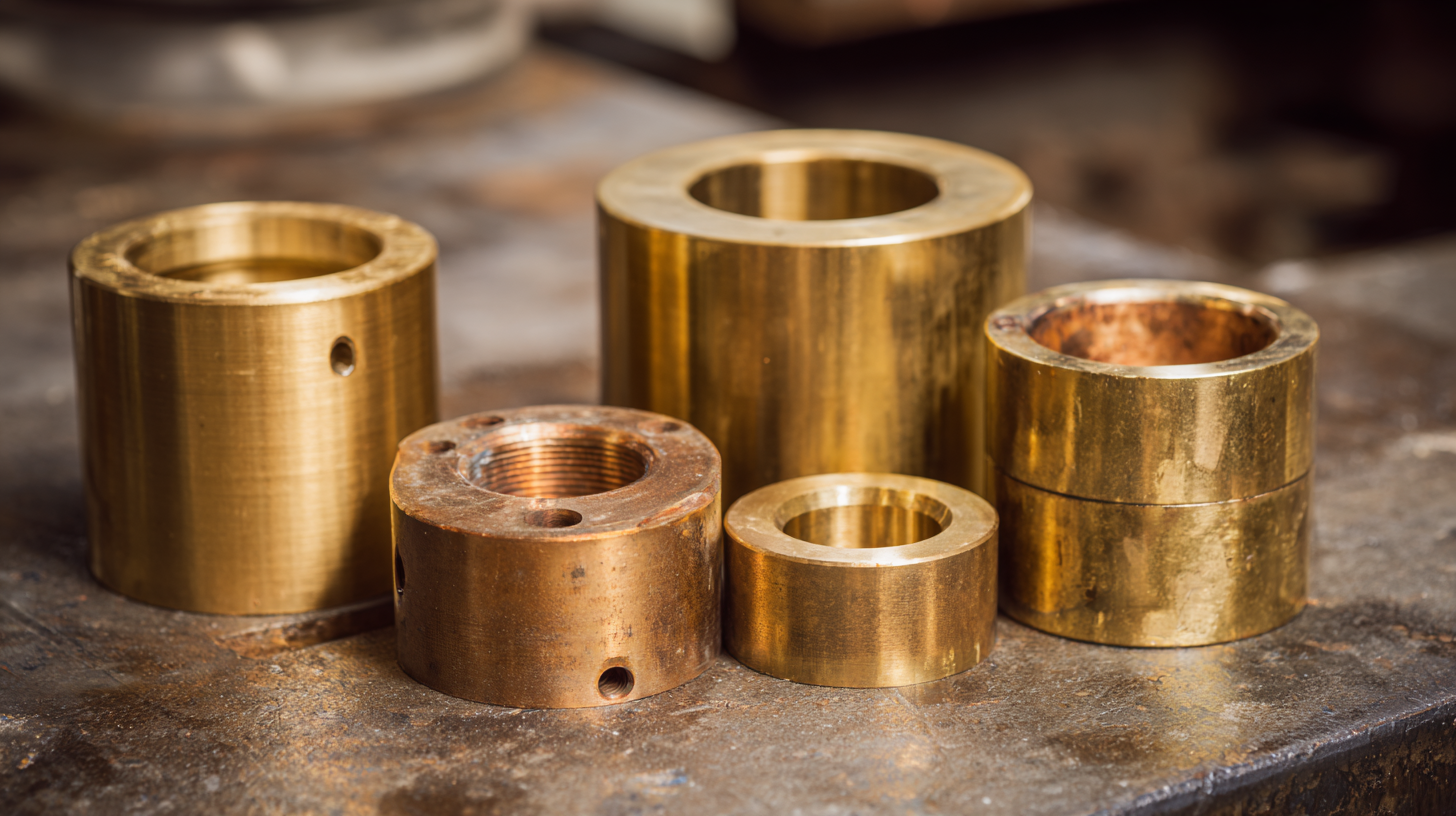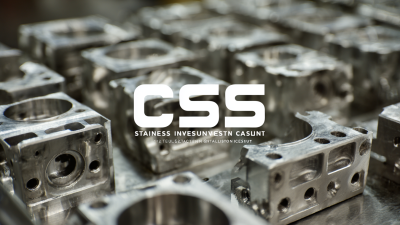In the realm of manufacturing, Silicon Brass Precision Casting has emerged as a crucial technique, especially within the automotive and aerospace sectors. According to a report by Grand View Research, the global precision casting market is projected to reach USD 32.5 billion by 2025, showcasing a compound annual growth rate (CAGR) of 5.6% from 2019 to 2025. This growth is largely driven by the increasing demand for lightweight and corrosion-resistant components, where silicon brass, with its excellent machinability and durability, plays a pivotal role. The unique properties of Silicon Brass allow for enhanced accuracy and detail in casting, making it an ideal choice for complex applications. Understanding the best casting techniques is essential for manufacturers aiming to optimize production and maintain competitive advantages in a rapidly evolving market. As we delve into the five best techniques for Silicon Brass Precision Casting, we aim to highlight the technological advancements and best practices shaping the future of this critical industry.

Silicon brass has gained popularity in precision casting applications due to its unique properties that enhance product performance and durability. One of the key advantages of using silicon brass is its exceptional resistance to corrosion and wear, making it ideal for components that undergo significant stress and harsh environments. According to industry reports, silicon brass can extend the lifespan of cast components by up to 25% compared to traditional brass materials.
Moreover, the alloy's superior fluidity allows for more intricate designs and thinner sections, which is crucial in the precision casting industry. This feature not only enhances aesthetic appeal but also reduces material waste during production. In fact, studies have shown that using silicon brass can lead to a 15% reduction in material costs due to improved casting yields.
Tips: When considering silicon brass for your next project, always evaluate its compatibility with your specific application. Additionally, investing in high-quality casting techniques will further amplify the benefits that silicon brass offers, ensuring optimal performance and longevity of the final product. Don’t forget to consult with a materials specialist to make informed decisions tailored to your needs.

Precision casting techniques play a crucial role in achieving optimal results when working with silicon brass. The top five methods are essential for anyone looking to enhance their craftsmanship. Each technique offers distinct advantages that cater to different aspects of the casting process. For instance, techniques like lost-wax casting and sand casting not only improve the final product's quality but also ensure reliability, which is paramount in precision applications.
In addition, utilizing advanced features in these techniques can create intricate designs while maintaining dimensional accuracy. Techniques such as investment casting and die casting are particularly effective in producing components with tight tolerances, vital for applications requiring durability and performance. By mastering these precision casting methods, craftsmen can ensure their silicon brass pieces meet high standards of quality and reliability, making their products more competitive in the market.
Temperature control plays a crucial role in ensuring the quality of silicon brass casting. Maintaining the right temperature can directly affect the fluidity of the molten metal, its solidification rate, and, ultimately, the mechanical properties of the finished product. According to recent industry research, optimal temperature management can enhance the precision of casting, leading to improved surface finish and reduced defects.

In the context of the evolving automotive industry, the shift towards lightweight materials aligns with advancements in casting techniques. The integration of technologies like no-heat aluminum alloys demonstrates a commitment to both performance and sustainability. Reports indicate that as vehicle manufacturers aim to reduce weight and improve fuel efficiency, precise temperature control in casting operations will become even more critical.
The adoption of techniques that mitigate temperature fluctuations could lead to innovations in silicon brass applications.
Tips: To enhance casting quality, consider using thermal sensors to monitor molten metal temperatures closely. Additionally, implementing a controlled cooling process can minimize defects, thereby increasing the longevity and reliability of the cast components.
Silicon brass, a copper-zinc alloy infused with silicon, has gained attention in the casting industry due to its enhanced properties compared to traditional brass. According to a comprehensive study by the International Journal of Advanced Manufacturing Technology, silicon brass exhibits improved corrosion resistance, which is crucial for applications in marine and outdoor environments. This property stems from the silicon content, which significantly enhances the alloy's durability and performance in harsh conditions, making it preferable for precision components in demanding sectors.
In terms of mechanical properties, silicon brass demonstrates superior tensile strength and lower thermal expansion coefficients than traditional brass. Data from the Materials Science and Engineering Journal indicates that silicon brass can achieve tensile strength levels exceeding 70,000 psi, compared to around 60,000 psi for standard brass. This improved strength allows for thinner and lighter component designs without compromising performance, leading to material savings and efficiencies in manufacturing processes. Moreover, the reduced thermal expansion makes silicon brass an ideal candidate for precision applications where dimensional stability is critical.
Recent advancements in silicon brass casting techniques are reshaping the landscape of precision manufacturing, embodying both innovative and sustainable practices. One notable development is the “print wave metal casting,” which streamlines the creation of complex geometries by initially printing a PLA model. This method not only enhances accuracy but also reduces material waste, aligning with the industry's push towards environmentally friendly solutions. Reports indicate that the micro-hardness and toughness of nanocomposites derived from silicon brass can increase by 4–35%, paving the way for stronger, more resilient materials in various applications.
As the demand for high-performance alloys rises, researchers are exploring machinable leaded and eco-friendly brass. These innovations cater to industry regulations while maintaining the flexibility and workability desired by manufacturers. Furthermore, historical studies on ancient casting methods reveal valuable insights into the evolution of these techniques. The archaeological analysis of bronze artefacts from the Unified Silla Period demonstrates a rich tradition that informs modern practices, ensuring that the legacy of craftsmanship continues to influence contemporary silicon brass casting.






